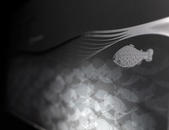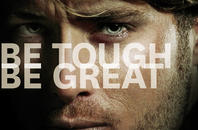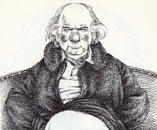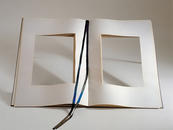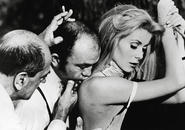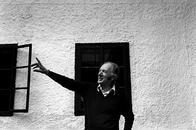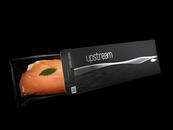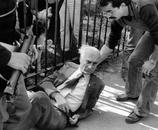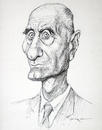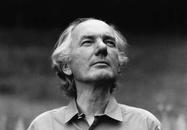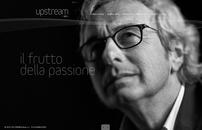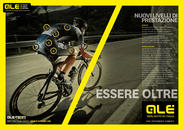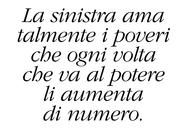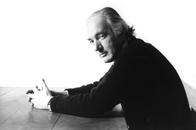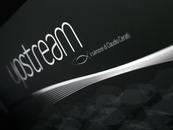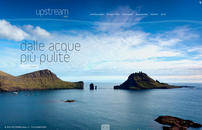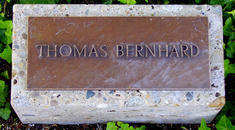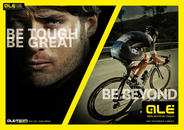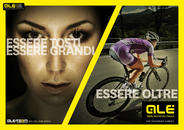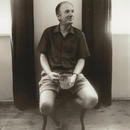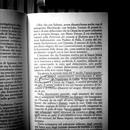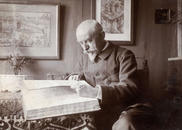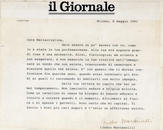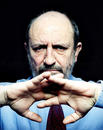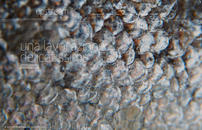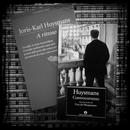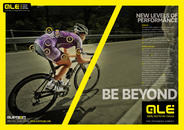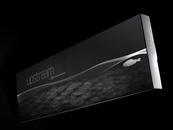Countercurrent
Everything started with the stylized picture of a bright silvery salmon proudly fighting itsway upstream admist an endless array of dull, ordinary salmon, falling mercy to the current. This sketch inspired the name, unfortunately in English (a sad necessity when working with an international market). Thus was born the image of Upstream (Countercurrent), Claudio Cerati’s phenomenal salmon. Of the many startups we have worked with this year, this is probably the most tasty, since we have had the honor to contribute to the project also in the role of a tester. (Testing products of excellence is hard work, but someone has to do it...).
Around the same time, we began working on the ad campaign EssereAlé, dedicated to the new line of clothing for cyclists. Also in this case the concept for the ad was based on the idea of contrast, strong contrast. Here the contrast is rendered graphically with transverse yellow lines. It is representative of athletes that “go beyond” or “against the grain”.
This brief explanation of the starting point of two different, but conceptually interrelated jobs helps to frame one of the specific aspects of creative professions: being able to define stylistically different messages and (at least somewhat) original, starting from just a few basic concepts. Why just a few basic starting points? Because in the end it boils down to giving value to a product, or speaking highly of the product "without being trite, dull and mundane". And speak well of something, anything or anyone, without being trite, dull and mundane... isn’t so easy.
My preference for being “countercurrent” has strong, easily traceable roots. Four different, but equally decisive artistic events come to mind. The first comes from the Italian newspaper, Il Giornale, that I have read since it was founded in 1974. Almost every day my father would underline with a pen the most important parts of the articles written by Indro Montanelli. I was only 10 at the time, but remember it vividly. He would read what he had underlined aloud. These small masterpieces of wit marked and conditioned my development during the transition from childhood to adolescence, even if I didn’t understand half of what he was saying. I considered them daily lessons of an old, but good-natured and friendly curmudgeon. His stories were able to open unexpected glimpses into worlds otherwise unreadable, smoky, banal and boring.
The other event is linked to the book "Against Nature" by Joris Karl Huysmans (originally "A Rebours"), which I read in my late teens, during my years of study related to art. The rejection of the frivolities of worldly life and holing up in a lonely world, artificial and out of the time of the protagonist, Des Esseintes, wasn’t – and isn’t dissimilar to my way of seeing the world from a eccentric aesthetic perspective - decadent and a little disjointed from (social) realities.
The third event is not so much tied to a single book, as all the work of one of the greatest writers of the last century, and therefore of all time, the Austrian Thomas Bernhard. Since discovering his work and his original way of thinking against the current, or "in the opposite direction", I changed my way of seeing the world. Bernhard constantly pushes his readers to go with him in the opposite direction, like a postmodern, skeptic and anarchic Virgil, leaving behind the clichés, while nullifying the opposition between tragedy and comedy, between destructive and constructive, between true and false. Each page is both devastation and reconstruction, tragic and comic at the same time, and always takes place in the opposite direction to that of our routine. He warns us with wit and sardonic grin that all of our actions, even the most tragic, namely death, take place in a comic theater (the world).
However, the best example of going against the grain is Bunuel's masterpiece, “The Phantom of Liberty,” the apotheosis of cinematic subversion resounding codes and rituals of reversal of direction, intended to confuse, to disturb. A reversal that if assimilated is likely to enlighten the inauthentic nature of these codes and rituals that structure or define our lives, often unconsciously.
Creative professions draw upon so complex, diverse and deep memories, and transform them into elegant box containing a fish or an evocative ad in a sports magazine. I believe that in the long run, it will generate a weak form of dissociation, "with the effect of distortion of the normal associative links and consequent inconsistency between ideas and emotional resonance, between thought content and behavior" (Umberto Galimberti). But perhaps even this feeble dissociation from reality, despite the undoubted inconvenience that it causes in the area of relationships, I think it is really a profession that deserves to be lived to the full, maybe trying to go, whenever the opportunity arises, "in the opposite direction".
13/11/2013 Filippo Maglione

